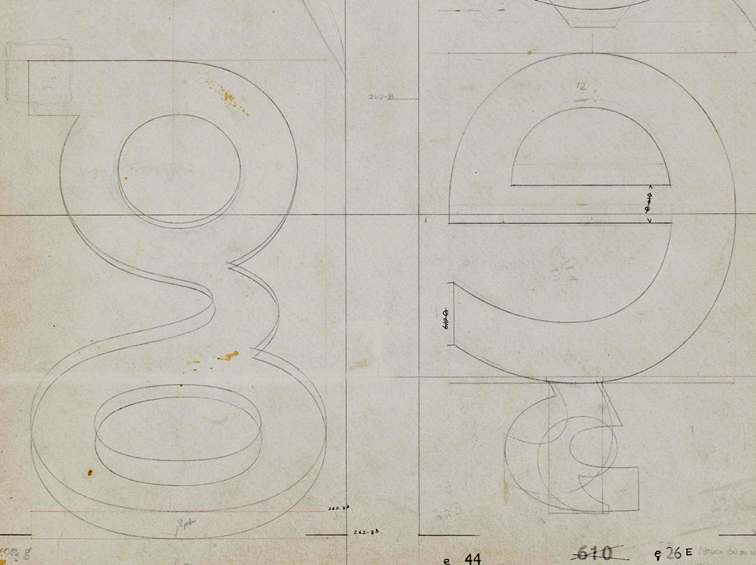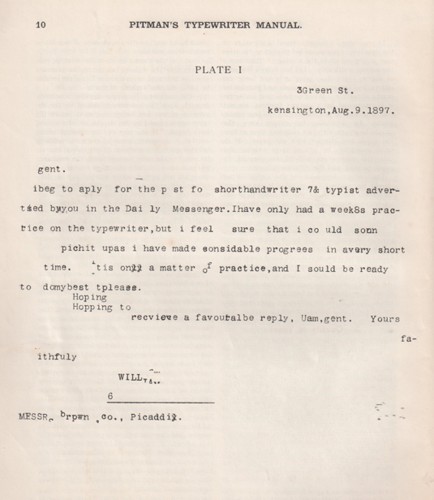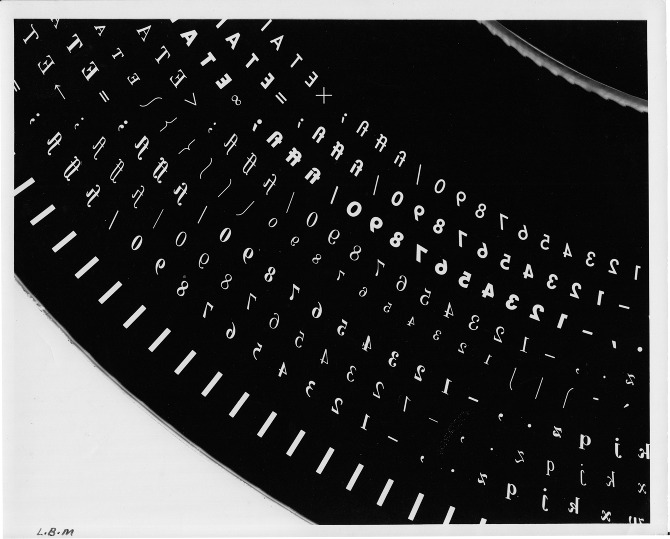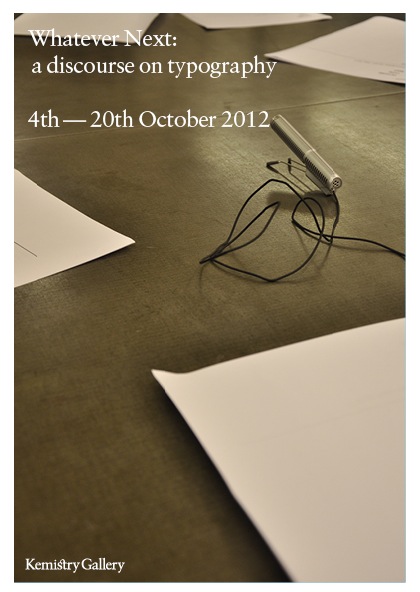The University is a partner in the Pencil to Pixel exhibition which opened yesterday in the Metropolitan Wharf, in Wapping. After the taster of Gill’s drawings seen in Beauty in the Making last spring, Monotype pulled out all the stops for Pencil to Pixel: the event marks the first public viewing of many materials from the archives in Salfords, from original drawings by Bruce Rogers and Chris Brand, to an unbound folio masterpiece of Modern typography belonging to Adrian Frutiger, to an innovative display taking over the entirety of one of the walls, displaying a never-reccurring combination of typeforms from the company’s library. The exhibition is accompanied by twelve “collections” (booklets showcasing themed selections of typefaces by Abbott Miller, Patrick Burgoyne, and others), and a range of specimens and keepsakes.
The exhibition marks the publication of two major editions: a new issue of the Recorder, celebrating Robin Nicholas’ career in the company (with an opening article by Gerry Leonidas), and a special issue of Eye magazine, dedicated to the contributions of Monotype to type and typography. Both editions include superb photography, and should become instantly collectable – not least because the material in the exhibition is unlikely to be made available in this scale anytime soon.
There are many Reading connections with the exhibition, starting with the main organisers: Dan Rhatigan and James Fooks-Bale are both graduates of the Department. The special Recorder issue follows on from the Centenary Issue of 1997, published on the occasion of the ATypI conference in Reading; and the Linotype the Film publicity on display sports the exquisite (but unreleased, yet) redesign of Metro by another graduate, Toshi Omagari. Not least, the Recorder includes a picture of Robin teaching a few years back in a room eerily similar to the studio where Book- and Information Design postgraduates spend their days!










